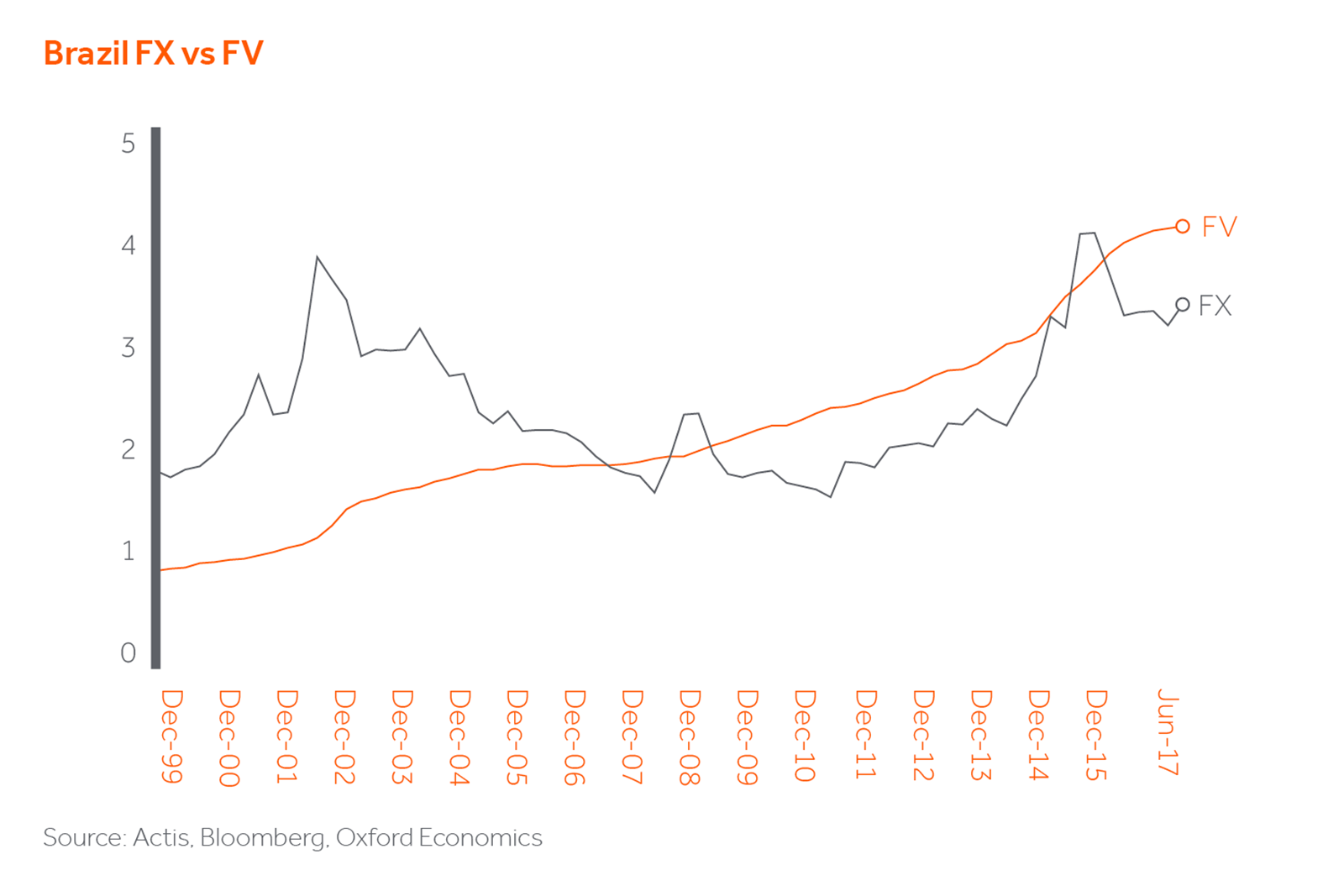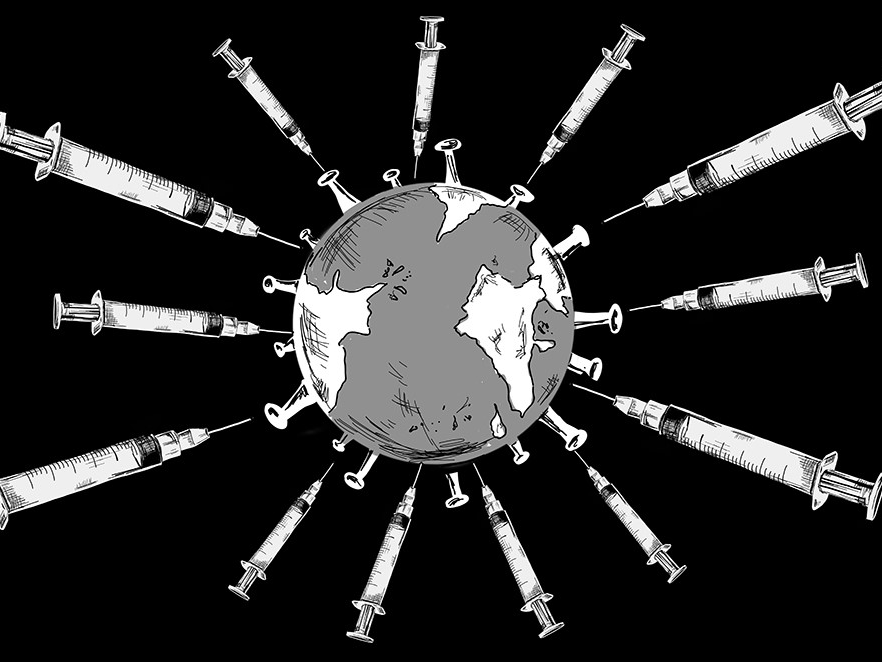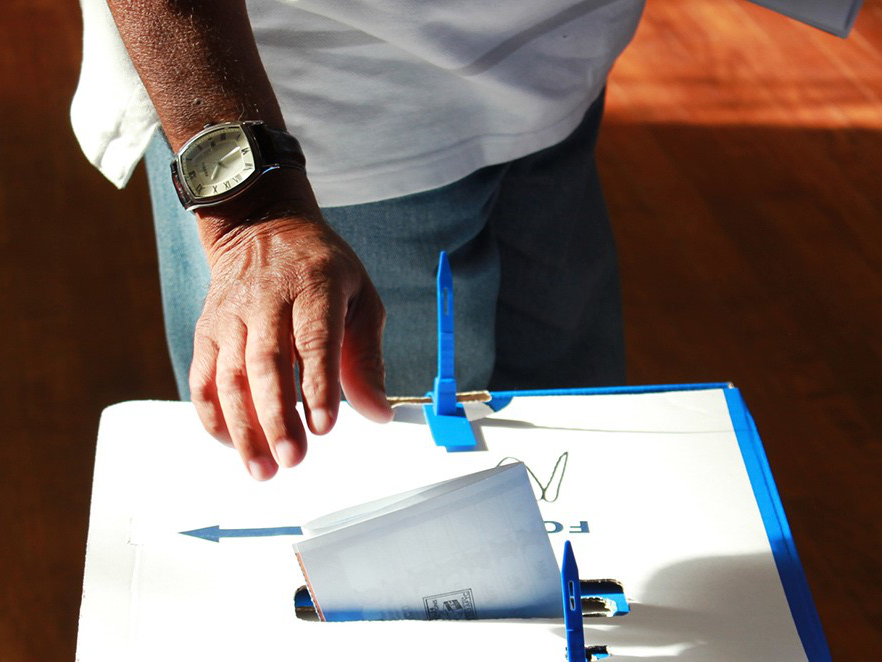As Tom Jobim, the famous Brazilian composer once observed, “
President Temer’s bossa nova certainly began at a good pace with the duo of Henrique Meirelles (Minister of Finance) and Ilan Goldfajn (Governor of the Central Bank) taking multiple measures to return the economy to sustainable growth. As one of the first steps towards tackling the fiscal deficit, the Government last year approved a reform bill to cap public spending over the next 20 years. Simultaneously, the finance team put forward a plan to re-design Social Security. Both measures are closely linked for a simple reason: nearly 90% of the national public spending is fixed by the Constitution; hence, in order to meet the cap imposed on public expenditure, the Government must take structural measures to reduce its fixed costs, of which Social Security is the most relevant component. In 2016, this accounted for over R$515bn or 30% of total public spending in the year.
On the monetary front, taking advantage of a lower inflation environment in which the IPCA index tends to close the year at 3.5% (vs the 6.29% in 2016), Goldfajn led the Central Bank to implement an unprecedented interest-rate cut, causing the SELIC rate to drop 500 bps in 12 months, from 14.25% to the current 9.25%. The market widely expects the SELIC to close 2017 at around 7%, meaning a real interest rate of 3.5%. Both domestic and foreign investors have enjoyed the dance so far. The benchmark IBOVESPA index reached its all-time high at 71,300 in late August 2017, the BRL has strengthened and domestic consumption and production has picked up.
The Government was hoping to put the Social Security reform to Congressional vote last June. Sadly, it didn’t go quite as smoothly as hoped. With exquisite timing, the founders of JBS, the largest meat processing company in the world, released a tape that allegedly provided evidence against the President in connection with a bribery scheme to silence former allies arrested under the Car Wash operation. The JBS founders acted jointly with the Federal Prosecutor, Mr. Rodrigo Janot, who after the release of the tape started a motion against the President.
In order to proceed, the motion against the President required the support of 2/3 of the votes in the lower house. As a consequence, as the lower house prepared to vote, the reform agenda lost momentum, as the President and his cabinet turned their focus towards re-building political support. Then, on August 2nd, the lower house voted against the motion, clearing the President from further action on this particular allegation. More recently, the discovery of a large amount of undisclosed cash in an apartment belonging to another former political ally of the President has again given rise to allegations of corruption, but whether this will similarly slow the progress of reforms is at this stage uncertain.

Till the final flicker of life’s ember
There is a famous samba song that says the show must go on (O Show tem que continuar), which reflects the mood of Temer and his cabinet after being cleared by the lower house. Underpinned by the credibility of his finance team, the President has proceeded to put forward a plan to resume reforms and restore credibility. The social security reform and macro productivity increase became his key priorities.
As an attempt to foster productivity, the Government managed to approve the Labor Reform, which aims at modernizing employment regulations, reducing inefficiencies and cost and introducing greater flexibility. In the infrastructure sector, the Government launched a far reaching privatization program encompassing assets in multiple sectors: power generation, distribution concessions, transmission lines, ports, airports and toll roads; including the privatization of Eletrobras.
Verse extracted from Corcovado, a famous bossa nova song composed by Tom Jobim.
Concurrently, the debate surrounding’s BNDES role in providing long-term funding, at subsidized cost, to the infrastructure sector has gained momentum. The Ministry of Finance is in favor of gradually reducing the bank’s role in the supply of long-term financing. It is also in favor of converging BNDES’ benchmark lending rate closer to market standards, contributing to the further development of the local capital market.
The combination of these initiatives should not only drive increased private long-term investment in the infrastructure sector, increasing productivity in the long-run, but also contributes to reducing public spending even further. Now that momentum is picking up again, the Government plans to have the Social Security reform approved in Congress before the end of 2017, albeit in a more diluted form.
We continue to believe that the perspective for the country in the near future is positive, though still reliant upon the approval of the Social Security Reform and effective actions to boost productivity. Through investments in consumption-driven companies and credit management services by our Private Equity Funds, and in the renewable energy sector by our Energy Funds, we already see credible signals of recovery underpinned by growing demand and credit activity. The privatization program also brings attractive opportunities, which is also on the radar of our newly-created long-life infrastructure fund team.






